Choosing the right pet gecko species can be an exciting but challenging decision for prospective reptile owners. Leopard geckos and crested geckos stand as two of the most popular choices in the reptile hobby, each with their own distinct characteristics, care requirements, and personalities. These small lizards have captured the hearts of reptile enthusiasts worldwide due to their manageable size, relatively straightforward care, and fascinating behaviors. Whether you’re a first-time reptile keeper or looking to expand your collection, understanding the key differences between these two charming species will help you make an informed decision that matches your lifestyle, preferences, and experience level.
Natural History and Origins
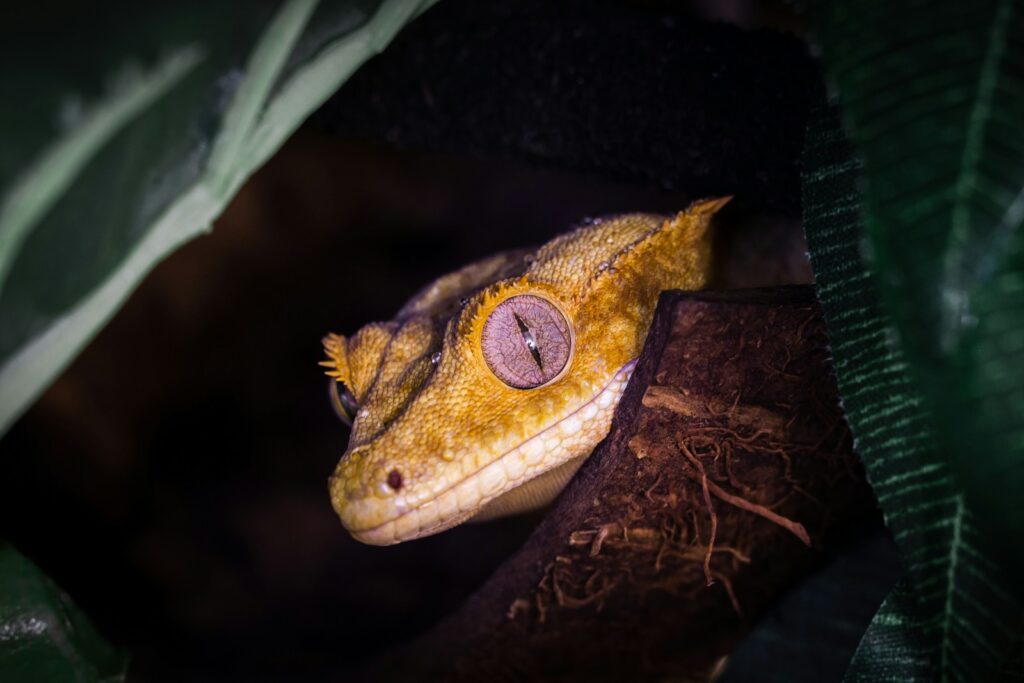
Leopard geckos (Eublepharis macularius) originate from the arid regions of Afghanistan, Pakistan, India, and parts of Iran, where they’ve adapted to life in rocky, desert environments. These terrestrial geckos have evolved to thrive in areas with low humidity and significant temperature fluctuations between day and night. Crested geckos (Correlophus ciliatus), on the other hand, hail from the tropical rainforests of New Caledonia, a group of islands in the South Pacific. Interestingly, crested geckos were actually thought to be extinct until they were rediscovered in 1994, making them a relatively recent addition to the pet trade. Their natural habitat consists of humid forests with abundant vegetation, where they lead an arboreal (tree-dwelling) lifestyle. These different evolutionary backgrounds have shaped nearly every aspect of these geckos, from their physical appearance to their care requirements in captivity.
Physical Appearance and Size
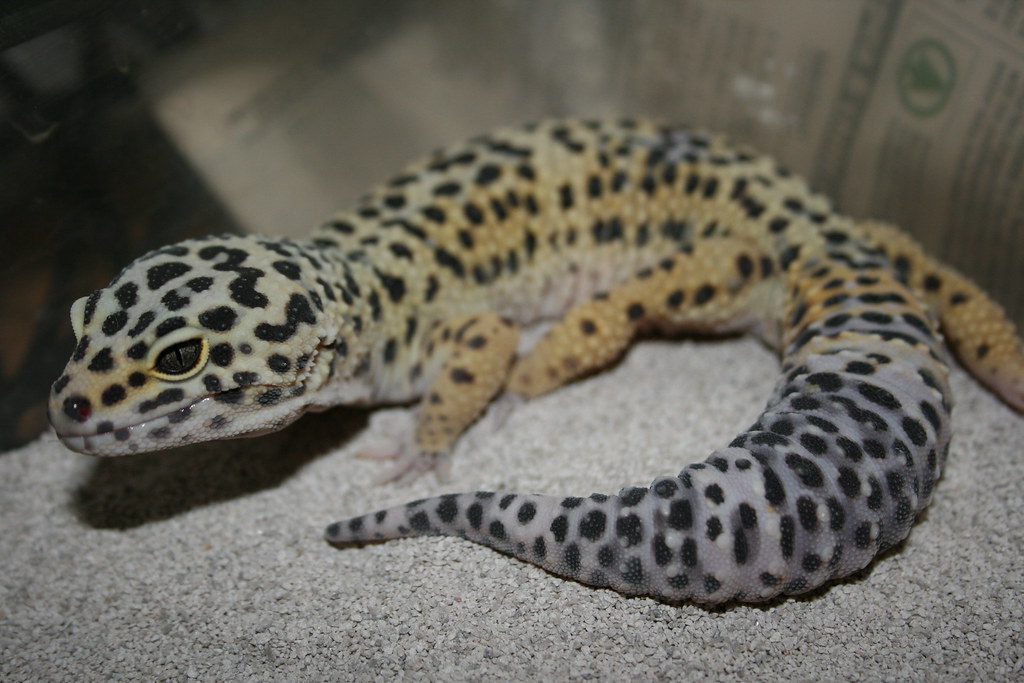
Leopard geckos are ground-dwelling reptiles with distinctive spotted patterns that inspired their name, though selective breeding has produced numerous color morphs ranging from high-yellow to albino varieties. They typically grow to 8-10 inches in length and have a robust build with a thick tail that stores fat reserves. Their most distinctive physical features include movable eyelids (unusual among geckos), lack of adhesive toe pads, and a chubby tail that can detach if threatened. Crested geckos are notably different in appearance, featuring a distinctive crest of skin that runs from their eyes to the base of their tail, giving them their “crested” name. They reach about 6-8 inches in length and possess a more slender build than leopard geckos. Crested geckos have specialized toe pads that allow them to climb vertical surfaces with ease, and unlike leopard geckos, they cannot regenerate their tails if lost. The variety of colors and patterns available in both species offers potential owners plenty of aesthetic choices.
Handling and Temperament
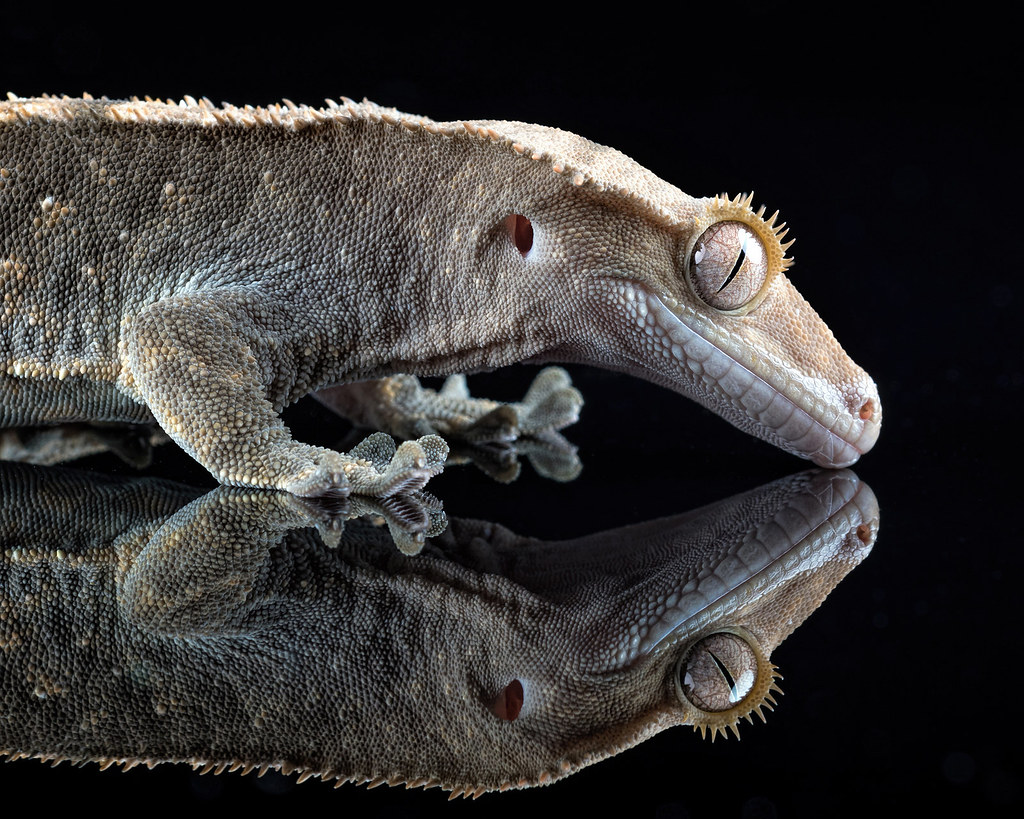
Leopard geckos generally earn high marks for their docile temperament and tolerance for handling, making them excellent reptiles for beginners or those who want an interactive pet. With consistent, gentle handling sessions starting from a young age, most leopard geckos become quite comfortable being held and may even approach their owners when they recognize them as food providers. Crested geckos also have a reputation for being relatively calm when handled, though they tend to be more jumpy and active due to their arboreal nature. Their toe pads can create an interesting sensation as they walk across your hands or arms, but their tendency to leap without warning means handling should always be done close to a soft surface or while seated. Both species can be stressed by excessive handling, so interactions should be limited to 10-15 minutes a few times weekly. When comparing the two, leopard geckos typically offer a more beginner-friendly handling experience.
Housing Requirements

Leopard geckos, being terrestrial creatures, thrive in horizontally-oriented enclosures that provide ample floor space rather than height. A single adult leopard gecko can be comfortably housed in a 20-gallon long tank, with a recommended minimum dimension of 24″L x 12″W x 12″H. Their enclosures should feature several hides (warm side, cool side, and humid hide for shedding), a substrate that doesn’t pose impaction risks such as paper towels, reptile carpet, or tile, and minimal climbing structures since they’re not natural climbers. Crested geckos require vertically-oriented terrariums that accommodate their climbing habits, with a minimum recommended size of 18″H x 18″L x 12″W for a single adult. Their enclosures need numerous climbing opportunities including branches, vines, and sturdy plants, along with higher humidity levels maintained through regular misting. This fundamental difference in enclosure orientation reflects their natural habitats and represents one of the most significant practical differences between keeping these two species.
Temperature and Lighting Needs
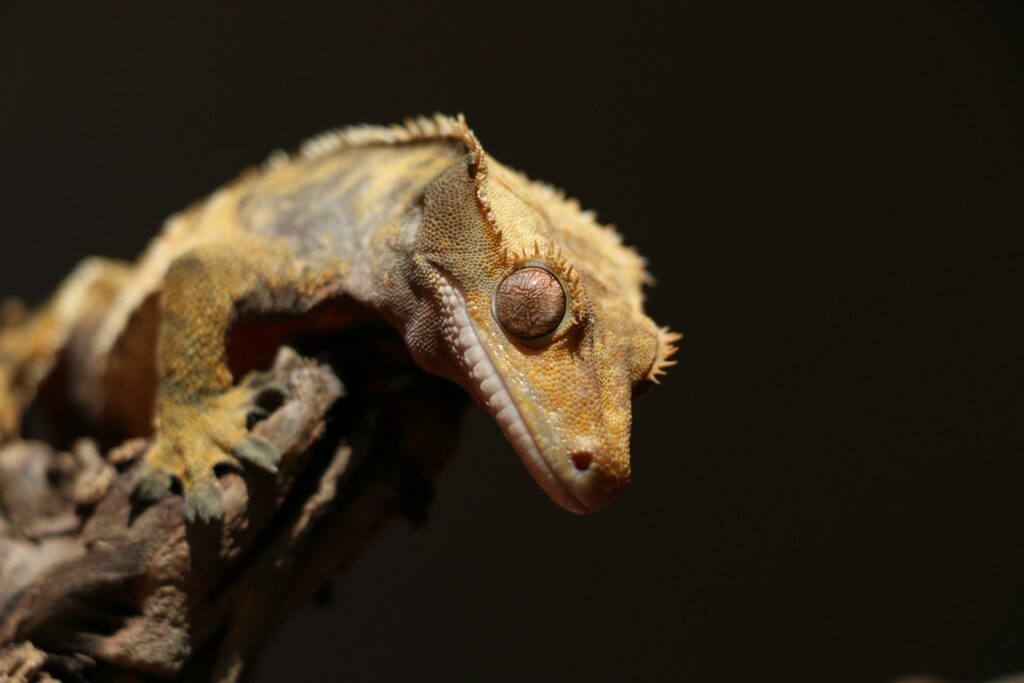
Leopard geckos require a temperature gradient within their enclosure, with a warm side ranging from 88-92°F (31-33°C) and a cooler side around 75-80°F (24-27°C). This gradient is typically achieved using an under-tank heater on one side of the enclosure, allowing the gecko to thermoregulate by moving between areas as needed. Leopard geckos are crepuscular (active during dawn and dusk) and don’t require UVB lighting, though some keepers provide low levels of UVB for potential health benefits. Crested geckos thrive in cooler temperatures between 72-78°F (22-26°C) and can actually experience health problems if exposed to temperatures above 82°F (28°C) for extended periods. This makes them well-suited to average room temperatures in many homes and eliminates the need for specialized heating equipment in most scenarios. Like leopard geckos, crested geckos don’t strictly require UVB lighting, though providing low levels can be beneficial for their overall health and to maintain natural behaviors. The simpler temperature requirements of crested geckos often make them more accessible for beginners or those living in naturally warmer climates.
Humidity and Water Requirements
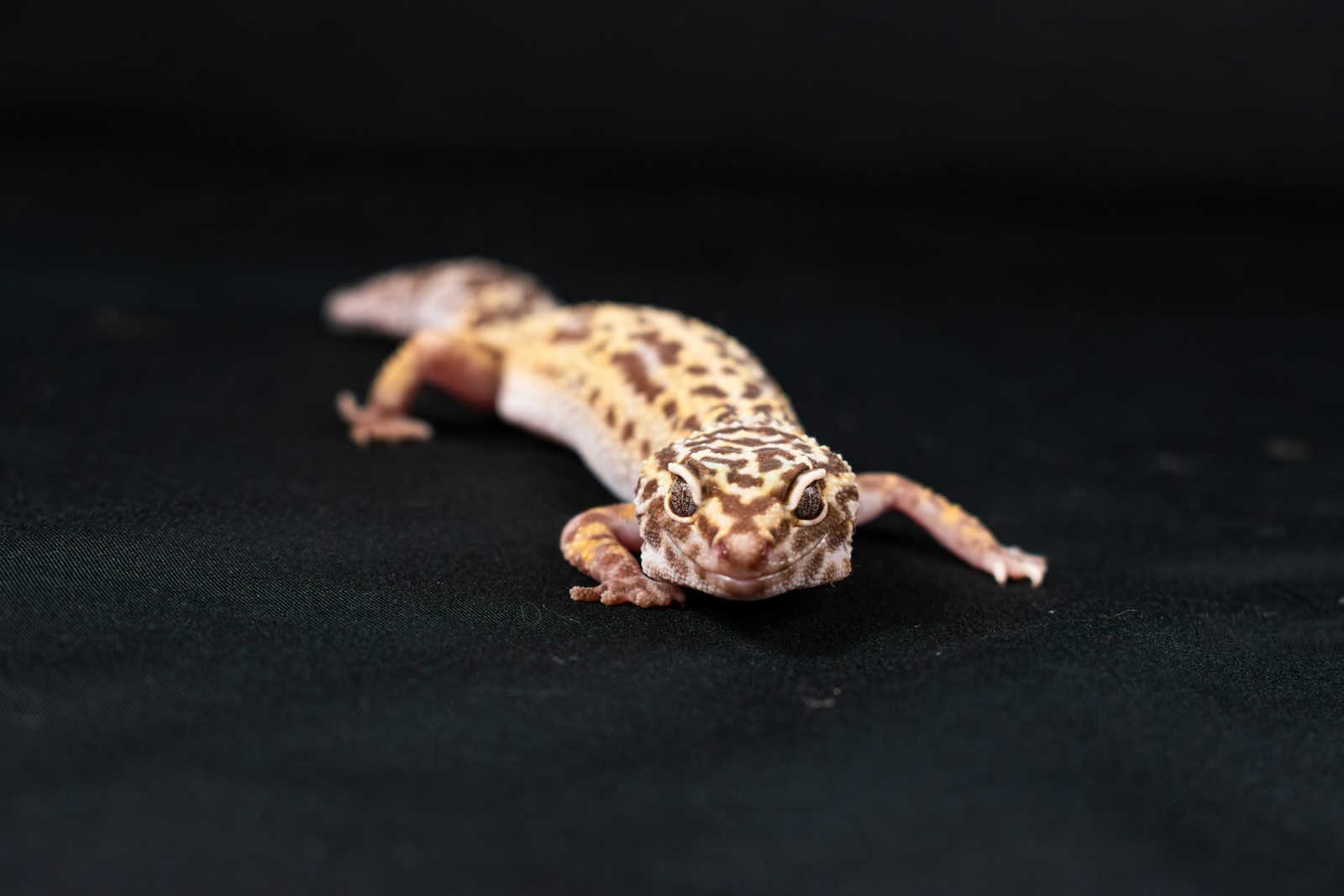
Leopard geckos come from arid environments and require relatively low ambient humidity levels of 30-40% in their enclosures, though they do need a humid microclimate for shedding. This is typically provided through a “humid hide” – a small enclosed space with damp substrate like sphagnum moss or paper towels. Water should be provided in a shallow dish that’s changed daily, though leopard geckos often obtain much of their hydration from their food. Crested geckos, being tropical creatures, need significantly higher humidity levels of 60-80% to maintain proper health, particularly for successful shedding. This is achieved through daily misting of the enclosure, which also provides drinking water as crested geckos typically lap water droplets from surfaces rather than drinking from a bowl. The humidity differences represent one of the most important care distinctions between these species and should be carefully considered based on your local climate and ability to maintain appropriate conditions year-round.
Dietary Differences
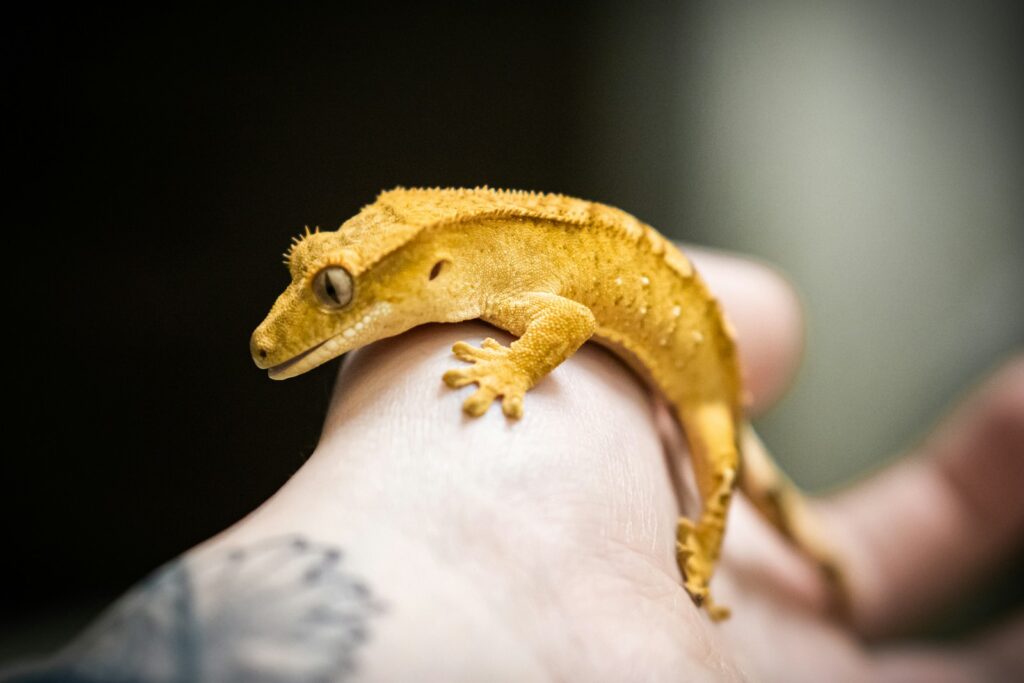
Leopard geckos are strictly insectivorous, requiring a diet of live insects such as crickets, dubia roaches, mealworms, and superworms. These insects must be gut-loaded (fed nutritious foods) prior to being offered to the gecko and dusted with calcium and vitamin supplements to prevent nutritional deficiencies. Adult leopard geckos typically eat every 2-3 days, while juveniles require daily feeding to support their growth. Crested geckos have a more versatile diet as omnivores, thriving on commercially available powdered meal replacement formulas (such as Pangea or Repashy) mixed with water to form a paste, which significantly simplifies their care. These commercial diets can be supplemented with occasional live insects for enrichment and additional protein. Crested gecko food is typically offered every other day and replaced within 24 hours to prevent spoilage. The availability of prepared diets for crested geckos can be a significant advantage for owners who are uncomfortable handling live insects or who travel frequently, as the prepared foods can be left in the enclosure longer than live prey.
Lifespan and Long-Term Commitment
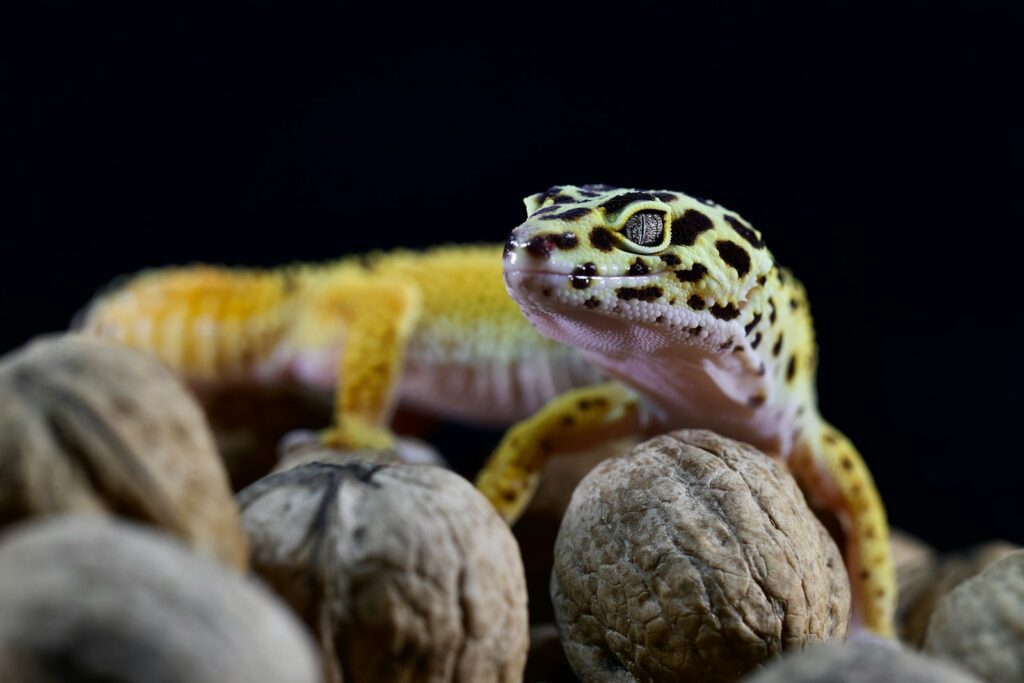
Leopard geckos are remarkably long-lived reptiles for their size, frequently reaching 15-20 years in captivity with proper care, and some exceptional individuals have been reported to live into their late 20s. This impressive lifespan means acquiring a leopard gecko represents a significant long-term commitment, potentially spanning multiple major life changes, including college, career moves, or starting a family. Crested geckos typically have slightly shorter lifespans, averaging 15-20 years, though the species hasn’t been kept in captivity as long as the leopard gecko, so long-term data is still developing. Both species represent substantial time commitments compared to many other pets, and this longevity should be carefully considered before adoption. The decision to bring either gecko into your home should include plans for their care during major life transitions and potentially arrangements for their care in your absence or after your passing if you’re an older owner.
Initial and Ongoing Costs
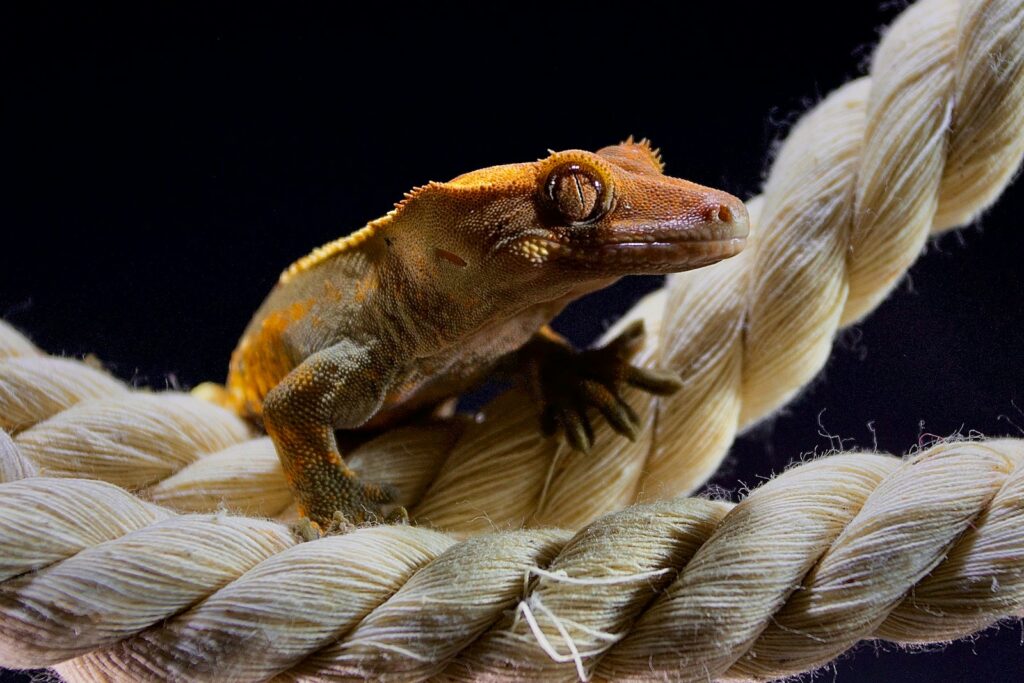
The startup costs for leopard gecko ownership typically range from $200-400, including the gecko itself ($30-90 depending on morph), enclosure ($50-100), heating equipment ($30-60), hides and decor ($40-80), and initial supplies. Ongoing monthly expenses average $15-25, primarily for feeding supplies and occasional replacement items. Crested geckos have similar initial investment requirements of $200-400, with the gecko cost ranging from $ 50- 300+, depending on morph and color. Their unique dietary needs mean ongoing costs typically include commercial powder diets ($15-20 per bag lasting several months) plus occasional live insects if offered. Both species require annual veterinary check-ups ideally, with exotic vet visits typically costing $50-100 for wellness checks. Emergency veterinary care can cost significantly more, so establishing an emergency fund or obtaining reptile-specific pet insurance is advisable. When comparing long-term costs, leopard geckos generally require more consistent investment in live food, while crested geckos may have higher initial purchase prices for rarer color morphs.
Breeding Considerations
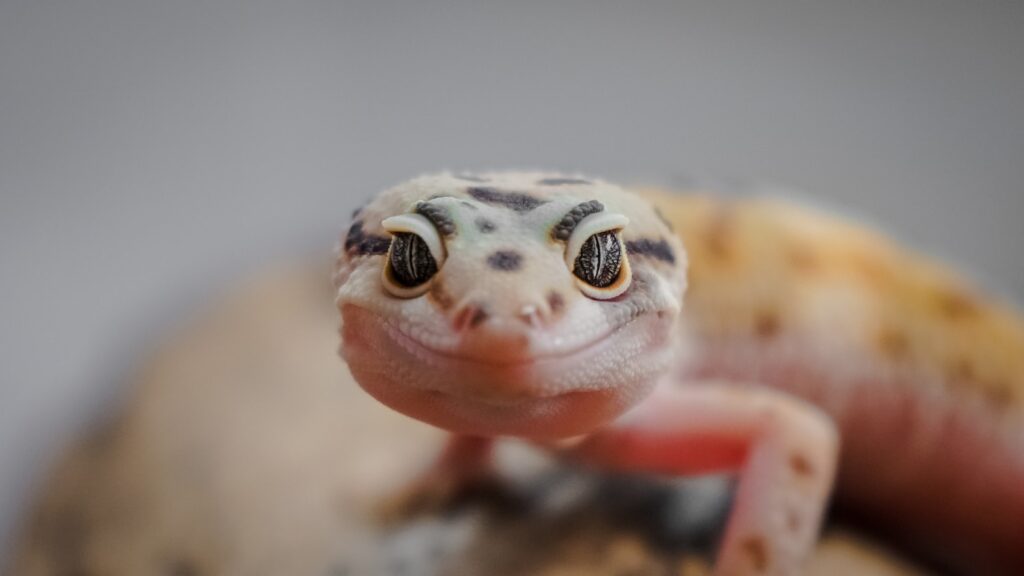
Leopard geckos are relatively straightforward to breed in captivity, with females capable of laying multiple clutches of 1-2 eggs throughout the breeding season after a successful mating. The eggs require artificial incubation at specific temperatures (which can even determine the sex of the offspring), and hatchlings are essentially miniature versions of adults, capable of feeding on appropriately-sized insects immediately. Crested geckos follow a similar reproductive pattern, producing pairs of eggs every 4-6 weeks during breeding season. One fascinating aspect of crested gecko reproduction is that females can store sperm, sometimes producing fertile eggs months after mating. Unlike many reptile species, both leopard and crested geckos can be housed in male-female pairs year-round if the enclosure is appropriately sized, though females should be monitored carefully for signs of excessive breeding stress. For both species, breeding should only be undertaken by keepers who have thoroughly researched the requirements and have established plans for the care or placement of offspring.
Health Issues and Veterinary Care

Leopard geckos commonly experience health issues such as metabolic bone disease (from calcium/vitamin D3 deficiencies), impaction (from ingesting unsuitable substrate), parasitic infections, and shedding problems if humidity isn’t properly managed during the shedding process. Regular monitoring of weight, appetite, and fecal matter can help detect problems early. Crested geckos are generally hardy but can suffer from calcium deficiencies, respiratory infections (if kept in conditions that are too humid without adequate ventilation), and weight loss. They’re particularly sensitive to high temperatures, which can cause stress and respiratory issues. Both species require access to veterinarians specializing in reptiles, which can be limited in some areas – researching available exotic veterinary care before acquiring either gecko is strongly recommended. Establishing a relationship with an exotic veterinarian before emergencies occur can be invaluable, as many conventional veterinarians have limited experience with reptile care and may not be equipped to handle gecko-specific health issues.
Which Species is Better for Beginners?
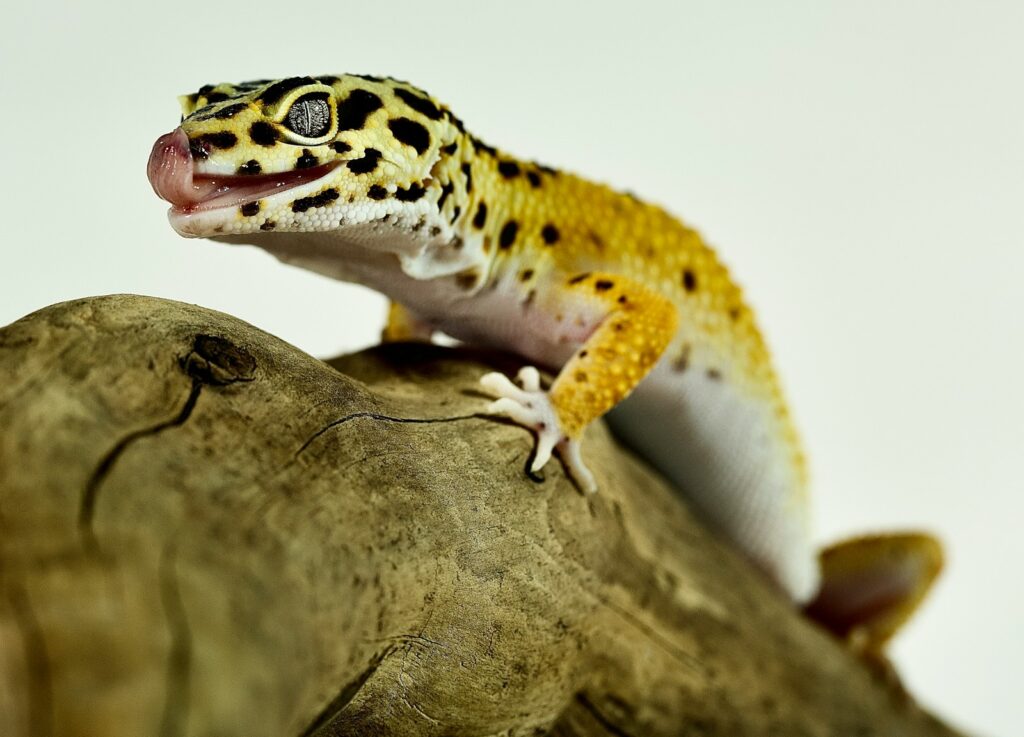
Leopard geckos are often considered ideal beginner reptiles due to their hardy nature, straightforward care requirements, and docile temperament. Their terrestrial lifestyle means they’re less likely to injure themselves through falls, and their desert origins make them more forgiving of occasional humidity fluctuations. Their predictable behaviors and clear signs of health (bright eyes, alert posture, healthy appetite) make it relatively easy for new owners to assess their well-being. Crested geckos also rank high as beginner-friendly reptiles, particularly because of their simple feeding regimen with commercial powdered diets and moderate room temperature requirements that often eliminate the need for additional heating equipment. However, their need for higher humidity and potential for jumpy behavior during handling may present slightly more challenges for first-time reptile keepers. Both species can make excellent starter reptiles, with the final decision often coming down to the specific living conditions you can provide and your comfort level with different aspects of care such as live insect feeding versus prepared diets.
Making Your Final Decision
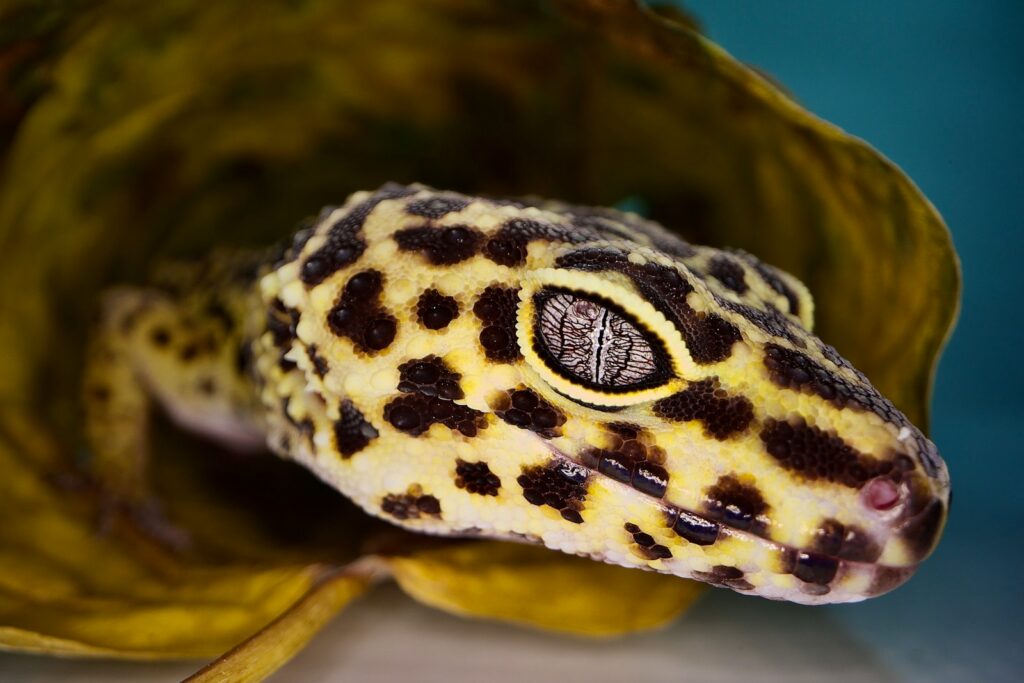
When choosing between a leopard gecko and a crested gecko, consider your local climate, as it will influence how easily you can maintain appropriate temperature and humidity levels. Those in naturally humid areas might find maintaining the arid conditions leopard geckos need challenging, while those in very dry climates might struggle with the humidity requirements of crested geckos. Your schedule and lifestyle should also factor heavily in your decision – leopard geckos require live insects, which need proper care themselves, while crested geckos can thrive on prepared diets that require less frequent preparation. Consider your aesthetic preferences and handling expectations as well; leopard geckos offer ground-dwelling charm and generally calmer handling sessions, while crested geckos provide fascinating climbing behaviors and a unique appearance with their distinctive crests. Finally, visit reptile expos or reputable breeders to interact with both species if possible,e before making your decision, as a personal connection with a particular animal often becomes the deciding factor for many successful reptile owners.
Conclusion
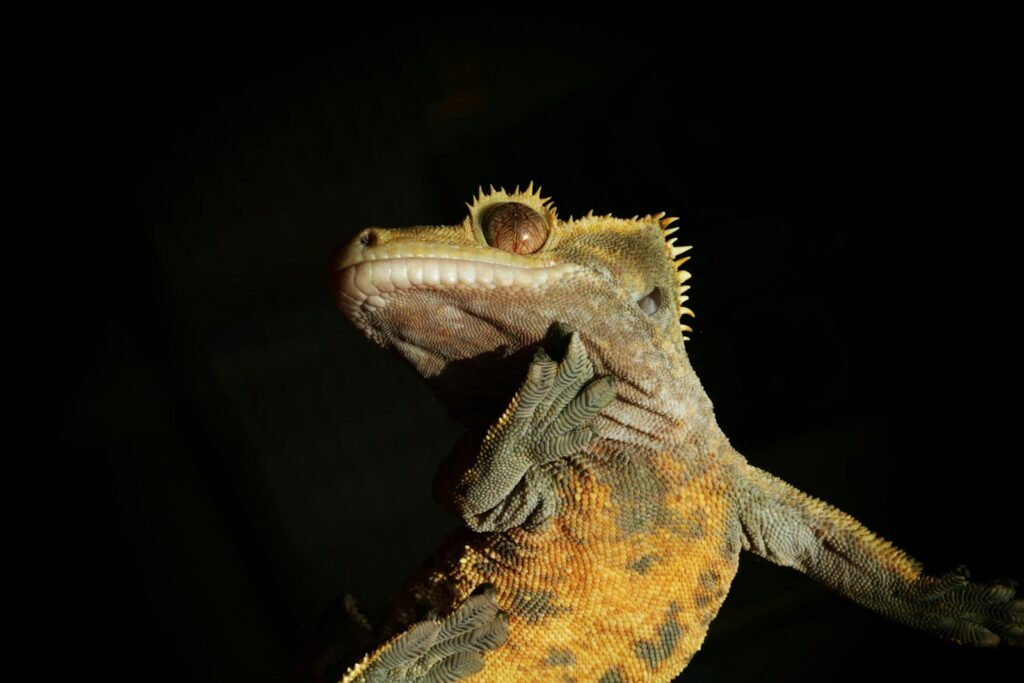
Both leopard geckos and crested geckos make rewarding pets for the right owners, each offering unique charms and care considerations. Leopard geckos appeal to those seeking an interactive, ground-dwelling pet with striking patterns and colors, while crested geckos attract enthusiasts looking for an arboreal species with distinctive appearance and simplified feeding requirements. The “better” choice ultimately depends on your specific circumstances, preferences, and the environment you can provide. Whichever species you choose, committing to proper research, preparation, and ongoing care will lead to a fulfilling relationship with these fascinating reptiles that can span decades. Remember that responsible reptile keeping means being prepared for the full lifespan of your new pet and ensuring you can provide appropriate care through all of life’s changes.

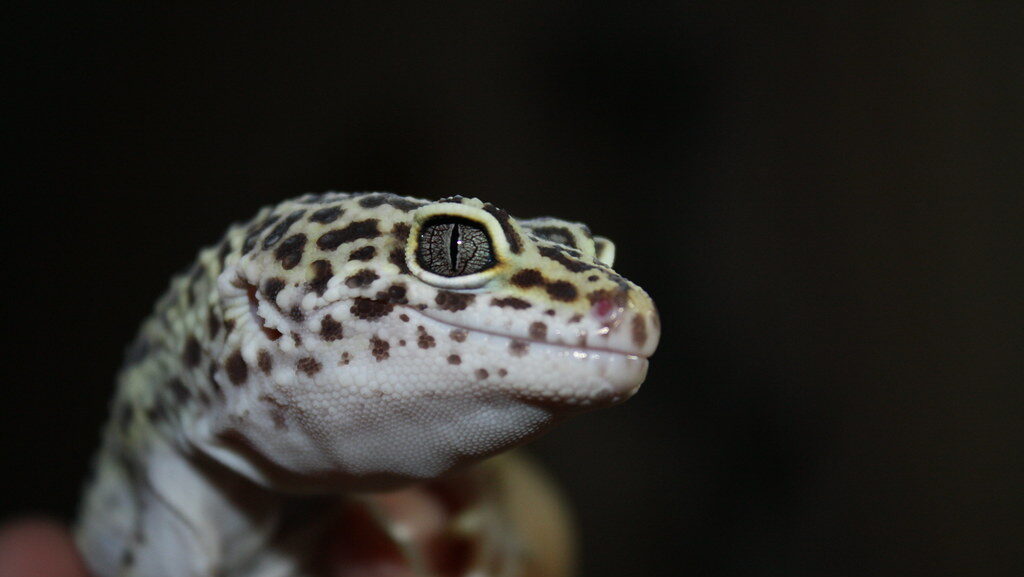





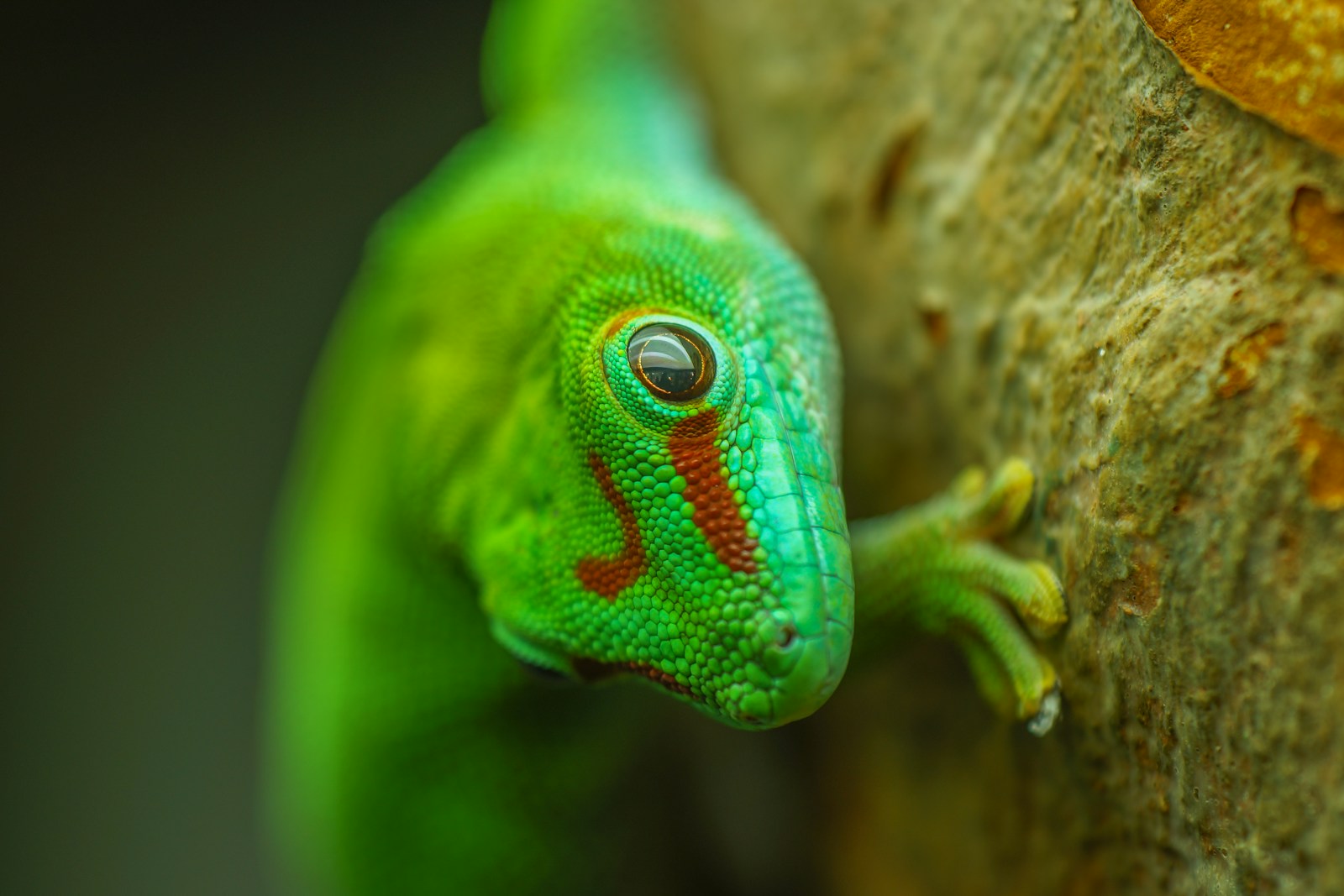
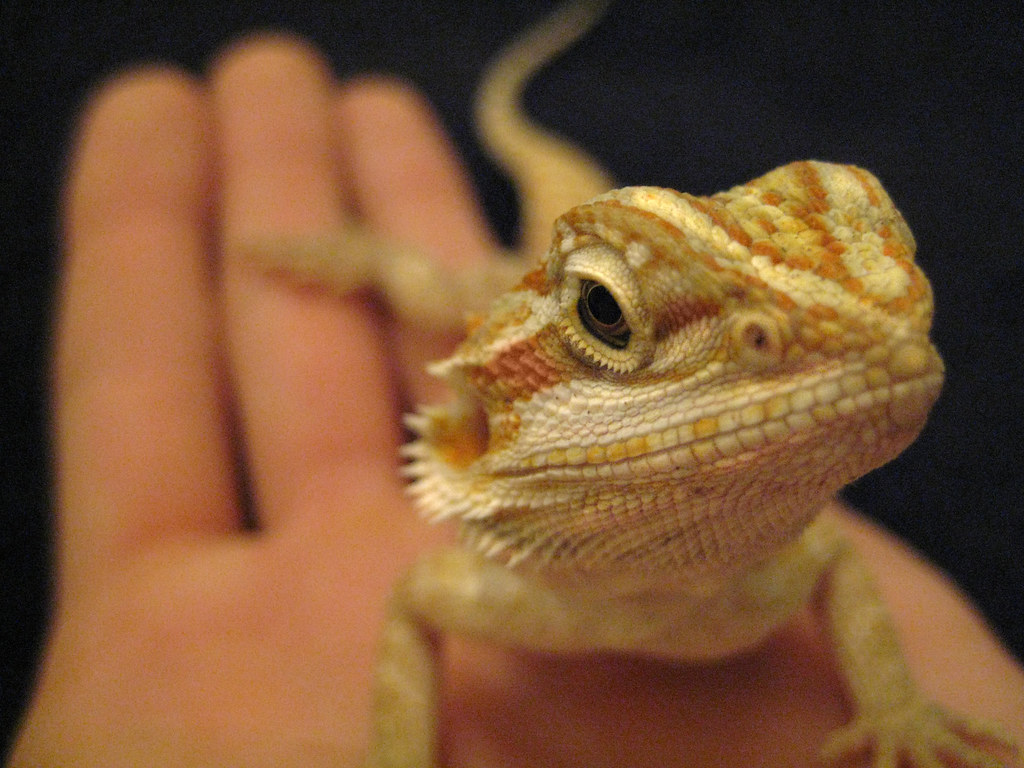


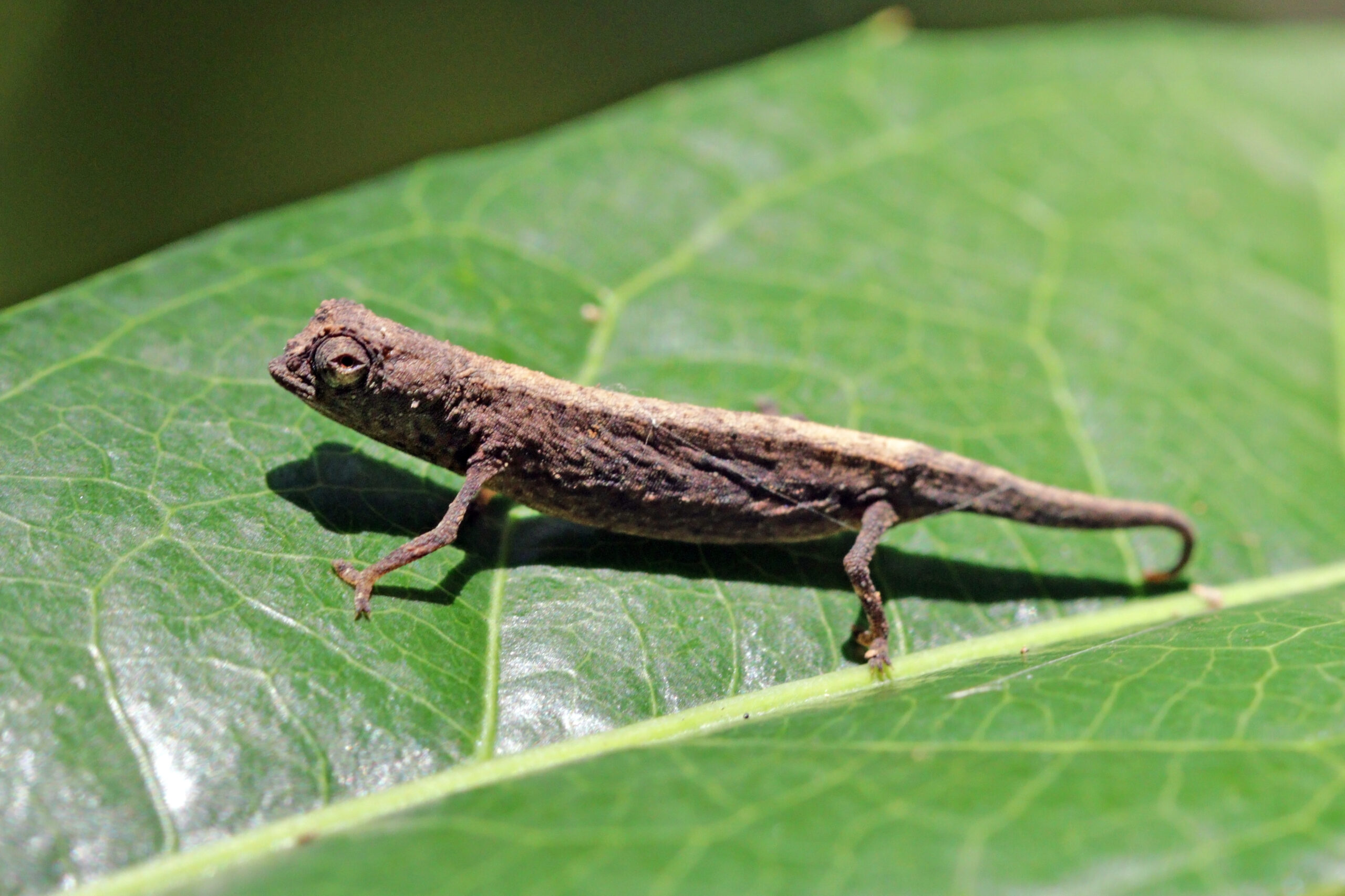




Leave a Reply